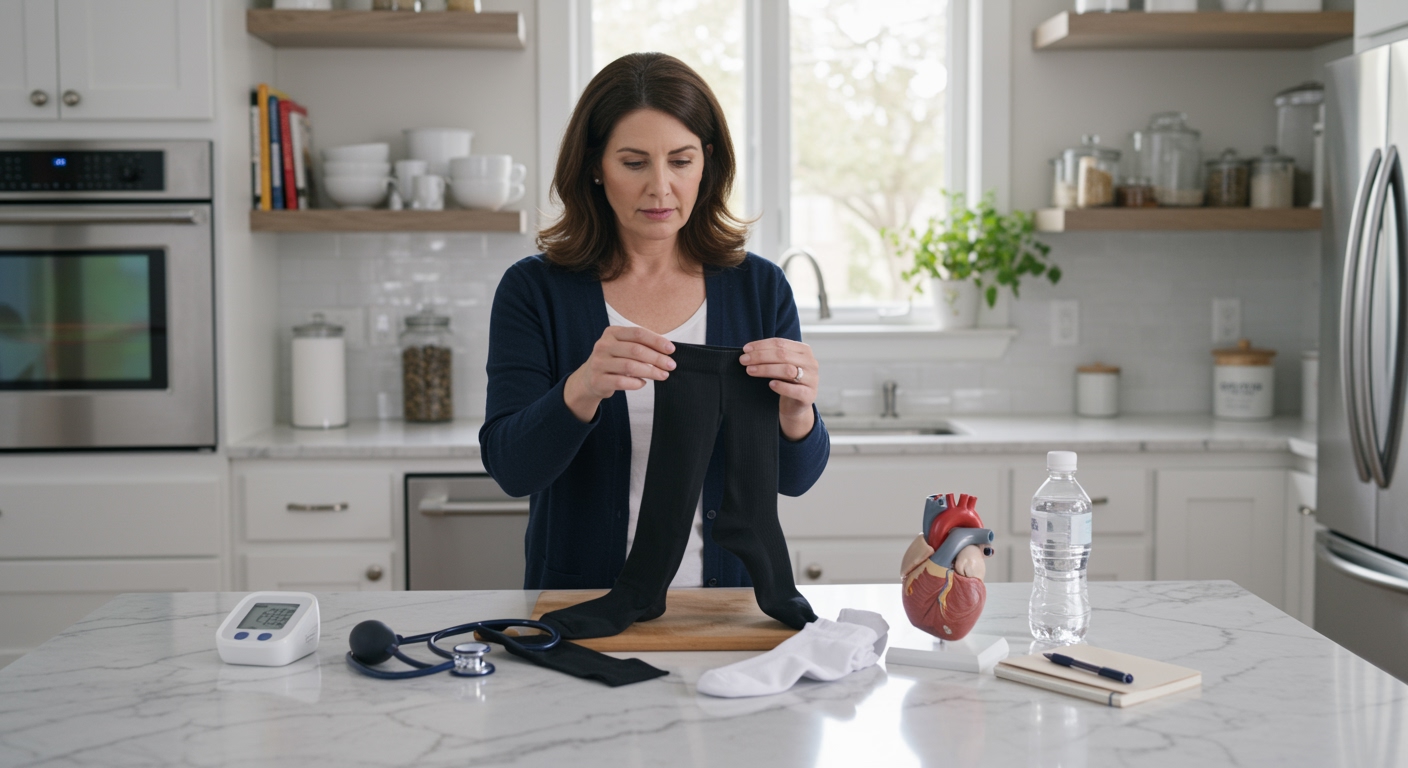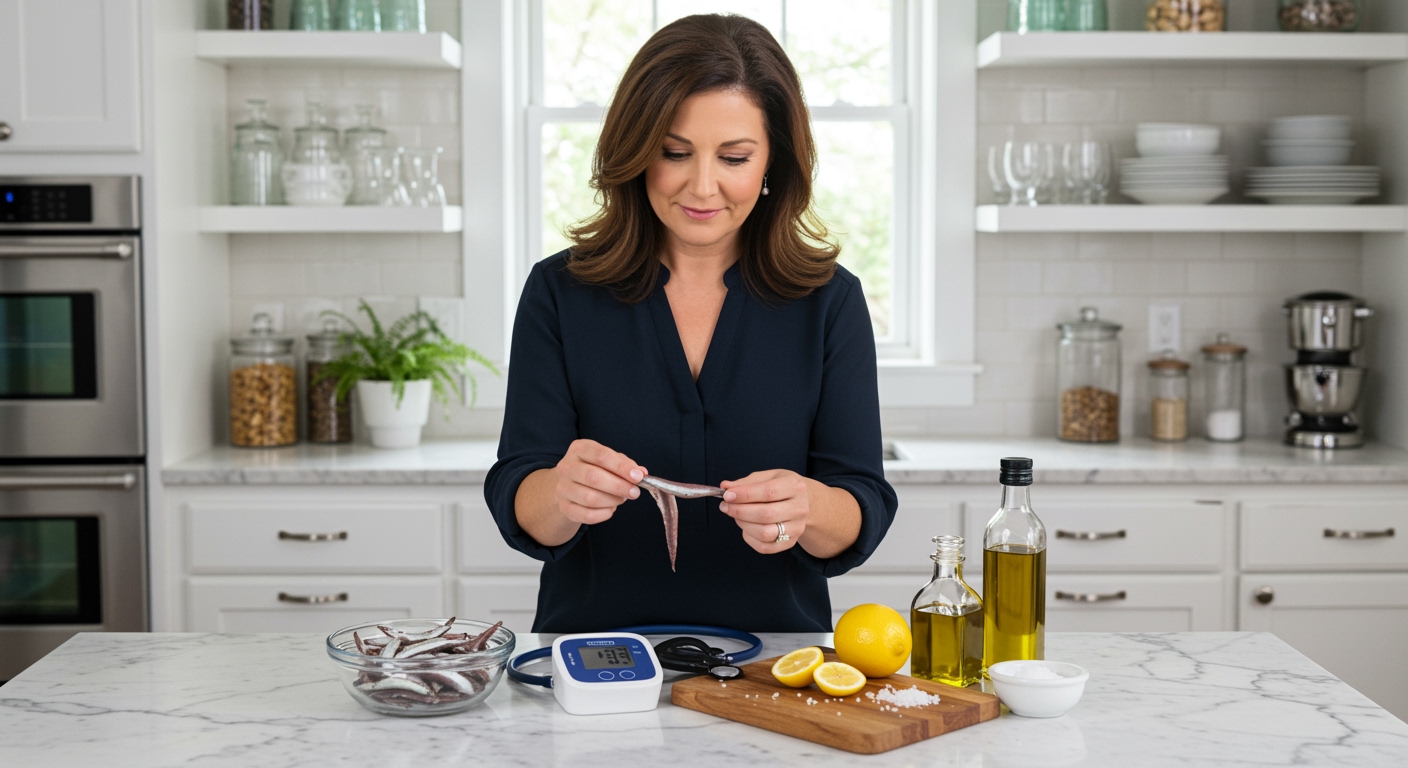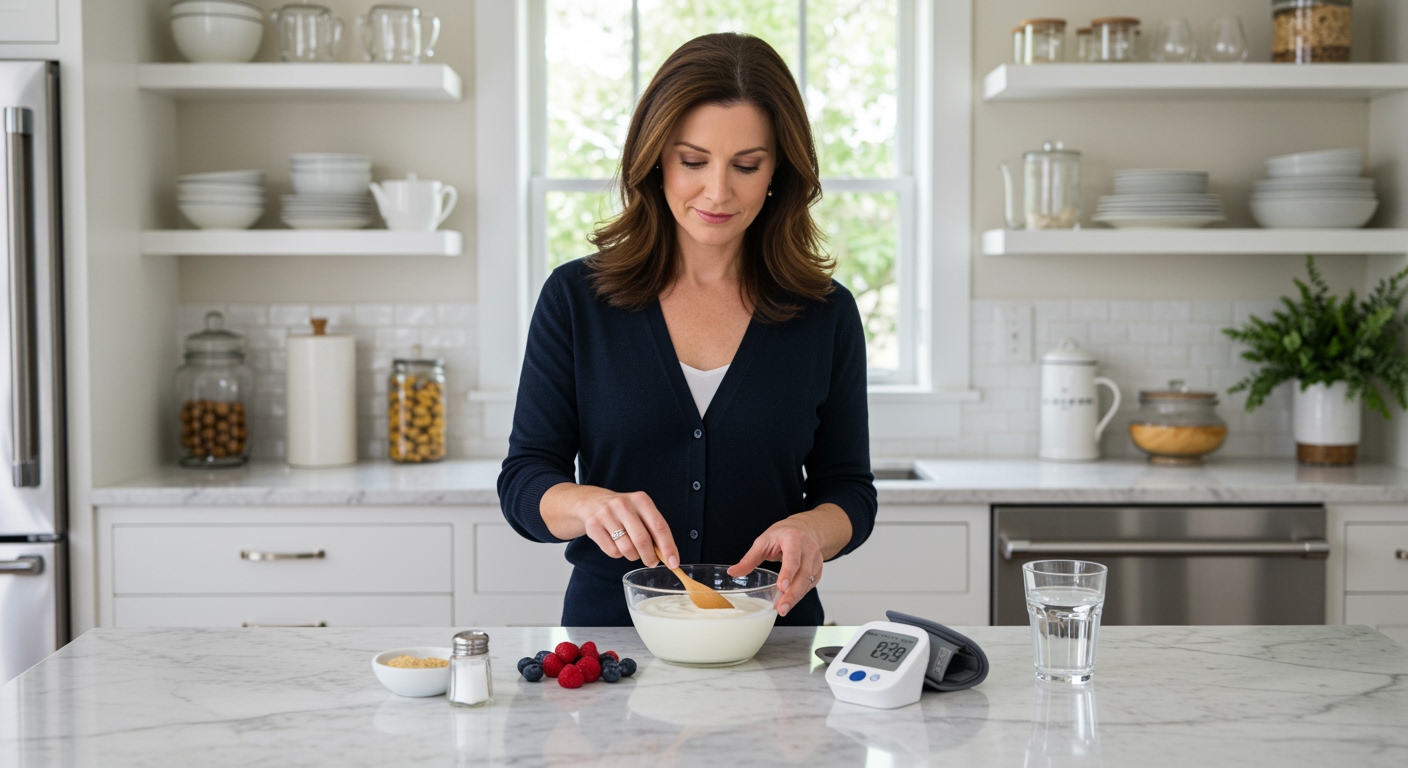✪ Key Takeaway: Compression socks can help certain types of low blood pressure by improving blood return to the heart and reducing pooling in legs.
Introduction
Your legs feel heavy and your head spins when you stand up too quickly.
You might be wondering if those tight socks athletes wear could actually help your low blood pressure symptoms.
Hi, I’m Abdur, your nutrition coach and today I’m going to explain exactly how compression socks work for low blood pressure and when they actually make a difference.
How Do Compression Socks Actually Work for Blood Pressure?
Compression socks work by applying graduated pressure to your legs and feet.
This pressure is strongest at your ankles and gradually decreases as it moves up your leg.
The external pressure helps your veins push blood back up to your heart more efficiently.
When you have low blood pressure, blood can pool in your lower extremities due to gravity.
This pooling reduces the amount of blood returning to your heart, which can make your blood pressure drop even further.
Compression socks act like an external muscle that squeezes your leg veins and prevents this blood pooling from happening.
✪ Fact: Compression socks can increase venous return by up to 40% in people with circulation problems.
Which Types of Low Blood Pressure Benefit Most?
Not all types of low blood pressure respond equally to compression socks.
Orthostatic hypotension benefits the most from compression therapy.
This condition causes your blood pressure to drop when you stand up from sitting or lying down.
People with orthostatic hypotension often experience dizziness, lightheadedness, and even fainting when they change positions.
Compression socks help by maintaining blood volume in your upper body when you stand up.
Chronic low blood pressure from dehydration or certain medications may also improve with compression socks.
However, if your low blood pressure comes from heart problems or severe illness, compression socks alone will not solve the underlying issue.
✪ Pro Tip: Always consult your doctor before using compression socks if you have heart disease or diabetes.
What Compression Level Should You Choose?
Compression socks come in different pressure levels measured in millimeters of mercury.
For low blood pressure, you typically need 15-20 mmHg or 20-30 mmHg compression.
The 15-20 mmHg level works well for mild symptoms and daily prevention.
If you experience frequent dizziness or have been diagnosed with orthostatic hypotension, 20-30 mmHg provides more effective support.
Higher compression levels like 30-40 mmHg are usually reserved for severe medical conditions and require a doctor’s prescription.
The key is finding the right balance between effectiveness and comfort for daily wear.
✪ Note: Improperly fitted compression socks can actually worsen circulation problems.
When Should You Wear Compression Socks for Best Results?
Timing matters when using compression socks for low blood pressure management.
Put them on first thing in the morning before getting out of bed.
This prevents blood from pooling in your legs as soon as you start moving around.
Wear them throughout the day, especially during long periods of standing or sitting.
Remove them before going to bed unless your doctor specifically recommends overnight wear.
Some people find wearing compression socks during exercise helps prevent post-workout blood pressure drops.
If you travel frequently, compression socks can prevent the blood pooling that occurs during long flights or car rides.
✪ Pro Tip: Keep a spare pair at work for days when your symptoms feel worse than usual.
What Are the Limitations and Risks?
Compression socks are not a magic solution for all blood pressure problems.
They work best as part of a comprehensive approach that includes proper hydration, adequate salt intake, and lifestyle modifications.
Some people experience skin irritation, especially if they have sensitive skin or allergies to certain materials.
Poorly fitted compression socks can create pressure points that actually restrict blood flow.
People with certain conditions like severe heart failure or peripheral artery disease should not use compression socks without medical supervision.
If you have diabetes, check with your doctor because compression socks can sometimes mask important symptoms or circulation changes.
✪ Note: Stop using compression socks immediately if you develop numbness, tingling, or increased pain.
The Bottom Line
Compression socks can be an effective tool for managing certain types of low blood pressure, particularly orthostatic hypotension.
Simple solutions often work best when they address the root cause of the problem, and compression socks do exactly that by preventing blood from pooling in your legs.
I would love to hear about your experience with compression socks or any questions you might have about managing low blood pressure naturally in the comments below.
References
At NutritionCrown, we use quality and credible sources to ensure our content is accurate and trustworthy. Below are the sources referenced in creating this article:





